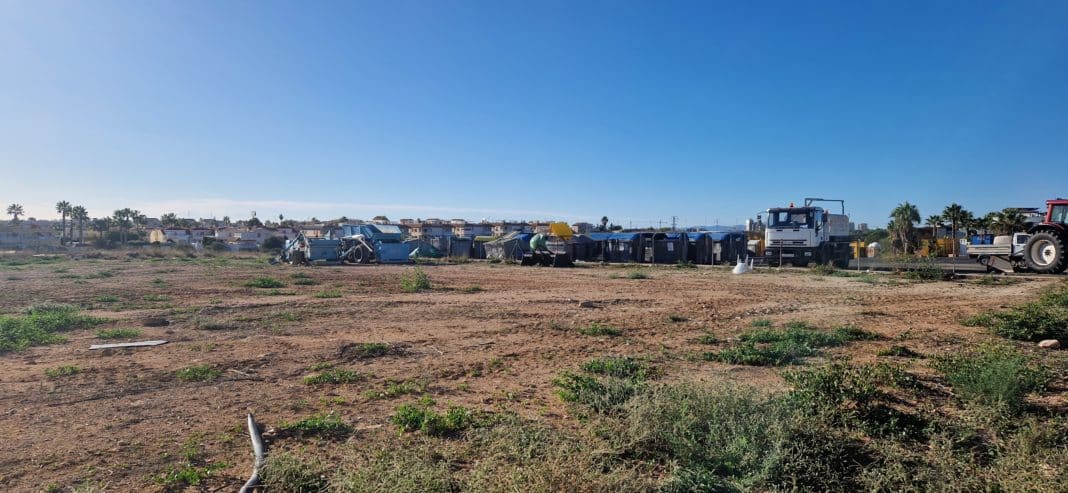Following pressure from the Vega Baja Sostenible Consortium, in the coming weeks, the Orihuela Council will transfer land for the construction of two new ecoparks in the municipality, one in the Oriolano Puente Alto industrial estate and another on the coast, although they will not open until the end of the year.
In the case of the Orihuela Costa plot, the Council says that it is responding to the demands of local residents so that the ecopark will be constructed in the area furthest from the homes. However, the Leader understanding of the situation, based on Facebook posts, following the initial announcement some weeks ago, is that residents of the site in Lomas de Cabo Roig, want it moved elsewhere.
They say that such a facility is totally unacceptable in a residential area due to the noise and health hazards that will be inflicted on the local population. They say that the proposed site is in a dangerous location overlooking the AP7 which will present a high risk of debris blowing onto the motorway, especially in high winds, as well as increased traffic on the inadequate bridge across the AP7 which will cause even more danger to cyclists and pedestrians.
Despite their objections it is thought that the two sites will be approved at the Plenary session to be held next month following which they will be transferred to the Vega Baja Sostenible Consortium.
The two new ecoparks will join those in Dolores and Los Montesinos, where the town councils have already transferred the land for their construction, and Almoradí, where another facility will also be located.
Following the transfer of the land, the council will manage its construction before handing it over to the UTE PreZero (formerly Cespa-Ortiz), which manages regional waste. A period of two months is expected for drafting the project and four for its execution.
However, these two facilities are still to be included in the budget of the Vega Baja Sostenible Consortium, which will be done once the Orihuela City Council transfers the land for their construction.
Each ecopark will occupy 3,200 square metres and the cost, which the UTE assumes thanks to the fee paid by the municipalities of the region, will be close to 400,000 euros each.
The two ecoparks will be type D, intended to serve populations of more than 10,000 people and with between 10 and 15 containers. There will be an identification system so that only those registered, or those who are residing in the local areas, will be able to deposit waste.
Suma’s registry will be uploaded so that users must identify they are residents. The ecopark planned for Orihuela will also serve the neighbouring municipality of Bigastro, thus serving 49,580 people, while the park on the coast will serve 48,030 residents and be open for 60 hours a week from Monday to Sunday.
Ecoparks will provide free access to residents where they will be able to deposit prunings, belongings, paints, lighting, batteries, glass, textiles, wood, plastic, paper and cardboard, among other materials.





